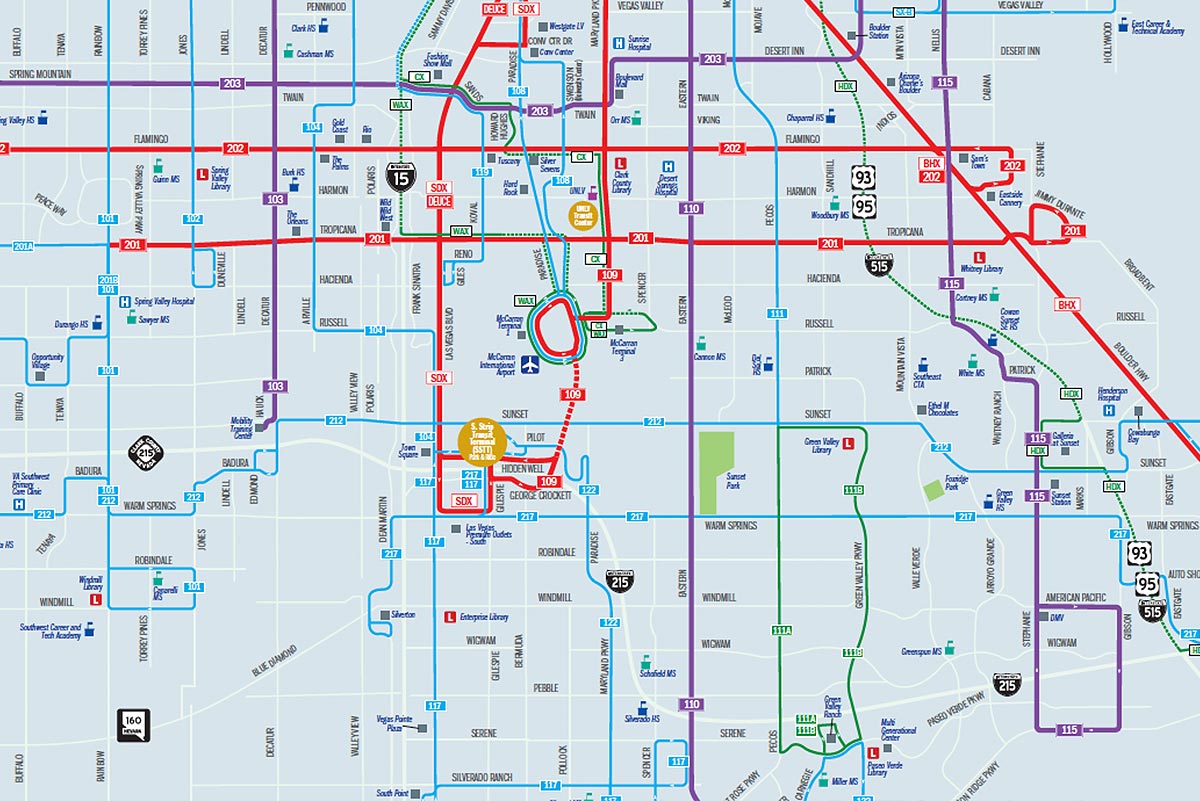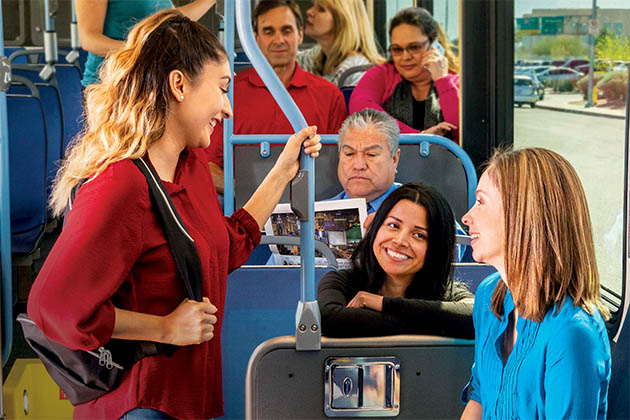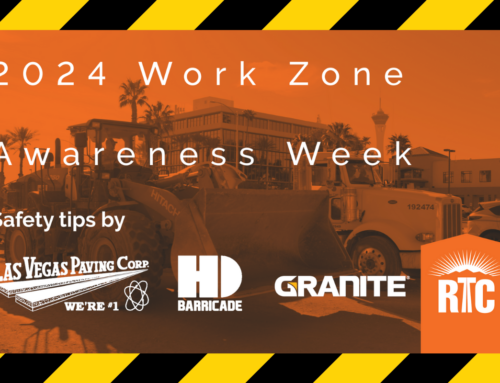What do the busiest stretch of freeway in Nevada, the famous Las Vegas Strip and the latest technology in traffic management all have in common? They’re all located right here in Southern Nevada. And like everyone across the globe, they have all been disrupted by COVID-19. Since the shutdown of all non-essential businesses, overall traffic volume is down across the valley by at least 29% with I-15 at Primm showing a 74% vehicle drop. While that is troubling for our economy, this situation has created an incredibly unique opportunity to launch a large traffic control system that is benefiting travelers.

Just last week, 42 Active Traffic Management (ATM) signs began running along I-15 between Russell Road and Washington Avenue, as well as along US-95 between Valley View Drive and Las Vegas Boulevard. This system provides real-time information about detours, crashes, speed limit changes, and lane restrictions to help improve safety and traffic flows for drivers. Though the system was developed as part of Project NEON, the signs just went into full operation at the end of March. As residents heeded Governor Sisolak’s directive to #StayHomeforNevada, traffic volumes along the freeway dropped quickly, giving traffic engineers a test track like no other.
Even with the traffic decrease, plenty of cars are traveling our freeway system to test the new ATMs, but with a fraction of the impact of what might be expected on a typical weekday in the Las Vegas Valley. Daily communication and feedback between our traffic management center and the Nevada Department of Transportation (NDOT) and its contractors, means the system is operating more efficiently every day.

And engineers are also learning that as with all new systems, not all messages and instructions are treated equally by drivers. With one of the first crash incidents managed by the system, the high occupancy vehicle (HOV) lanes automatically opened to general traffic to provide travel lanes around the incident just as they should. But it became apparent that this news option for traffic management was unexpected and the message went generally ignored. That real-world experience is helping traffic managers better communicate to drivers and dial in critical messages more effectively.
So what next? The system will only continue to run smoother with time and experience. And as our community and our region recovers from the coronavirus threat and traffic volumes build up again, this traffic management system will be ready.













































